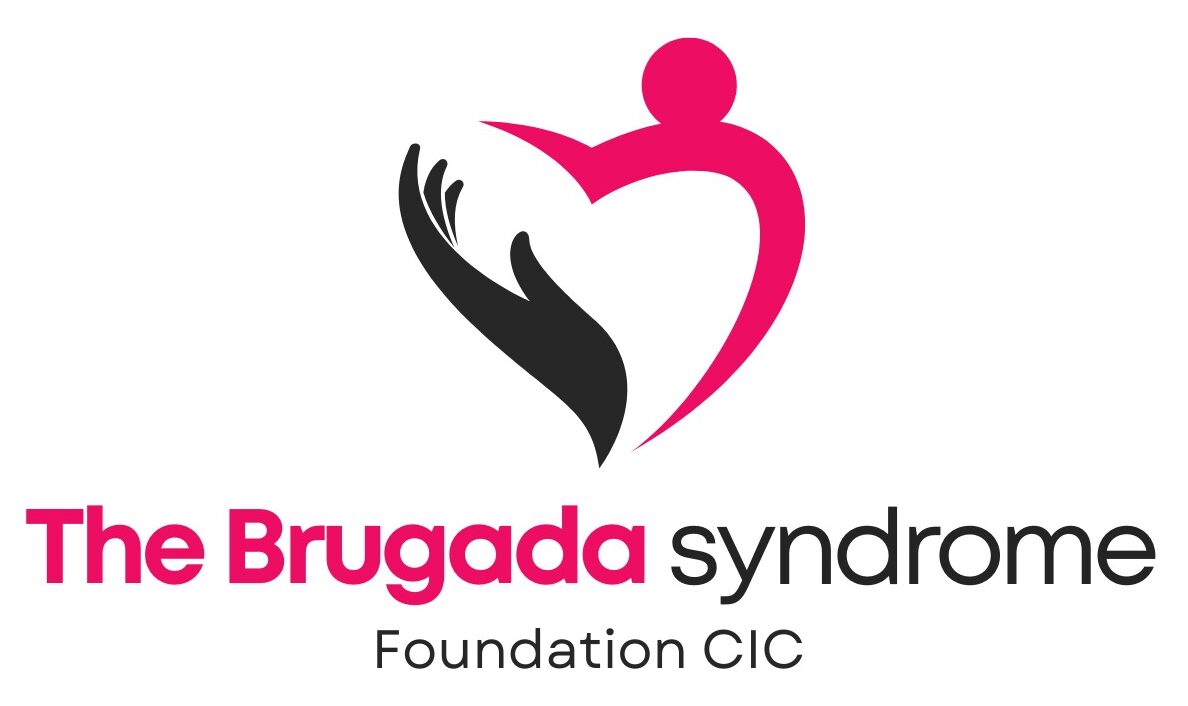- Written by: admin
- March 28, 2025
Understanding Brugada Syndrome
Brugada Syndrome is a genetic heart disorder that affects the heart’s electrical system, making individuals prone to dangerous arrhythmias. First described in 1992 by the Brugada brothers, this syndrome can cause sudden cardiac arrest, particularly in young and otherwise healthy individuals. The disorder is often silent until triggered by external factors, making early detection and awareness crucial.
The Role of Genetics and External Triggers
The condition is primarily linked to mutations in the SCN5A gene, which encodes sodium channels responsible for maintaining normal heart rhythm. However, other genes, such as CACNA1C and GPD1L, have been implicated, showing that the disorder’s genetic origins are more complex than initially thought.
- Besides genetic predisposition, certain factors can trigger arrhythmias in individuals with Brugada Syndrome, including:
- High fever
- Certain medications (e.g., antiarrhythmics, antidepressants)
- Excessive alcohol consumption
- Electrolyte imbalances
- Sleep apnea
Understanding these triggers allows for preventive measures to reduce the risk of sudden cardiac events.
Recognizing Symptoms and Risk Factors
Brugada Syndrome is often asymptomatic until a major cardiac event occurs, but some individuals may experience warning signs such as:
- Unexplained fainting (syncope)
- Irregular or fast heartbeats
- Seizure-like episodes
- Sudden cardiac arrest
Men, individuals of Asian descent, and those with a family history of sudden cardiac death are at higher risk. Because symptoms often appear during rest or sleep, monitoring heart activity at night can be useful for diagnosis.
Diagnostic Challenges and Advances
A standard electrocardiogram (ECG) remains the most common tool for detecting Brugada Syndrome, but the characteristic ECG pattern may not always be present. To improve diagnosis, doctors may use:
- Ajmaline or Flecainide Challenge Tests to reveal hidden ECG abnormalities.
- Genetic Testing for individuals with a family history of the syndrome.
- Electrophysiology Studies (EPS) to evaluate the risk of sudden arrhythmias.
- Continuous Heart Monitoring through Holter monitors or wearable technology for detecting intermittent abnormalities.
Managing and Treating Brugada Syndrome
There is no definitive cure for Brugada Syndrome, but various treatments can minimize the risk of life-threatening arrhythmias:
- Implantable Cardioverter Defibrillator (ICD): A small device implanted under the skin that delivers shocks to correct abnormal heart rhythms.
- Antiarrhythmic Medications: Drugs like quinidine help prevent arrhythmias in patients who cannot receive an ICD.
- Catheter Ablation: A minimally invasive procedure that destroys the heart tissue responsible for irregular electrical signals.
- Lifestyle Modifications: Avoiding fever, certain medications, and excessive alcohol consumption can help lower risk.
Recent Innovations and Future Research
With advances in cardiology, researchers are exploring new therapies to better manage Brugada Syndrome, including:
- Gene Therapy: Experimental approaches targeting SCN5A mutations to restore normal sodium channel function.
- Machine Learning in ECG Analysis: AI-powered algorithms designed to improve early detection and risk assessment.
- Wearable ECG Monitors: Devices capable of continuously tracking heart rhythms to detect irregularities before symptoms appear.
- Stem Cell Research: Investigating the potential of regenerative medicine to repair heart tissue affected by the syndrom
Raising Awareness and Saving Lives
Brugada Syndrome remains underdiagnosed, but increasing awareness among healthcare professionals and the public is crucial for early intervention. Genetic screening in families with a history of sudden cardiac death, routine heart monitoring, and advancements in personalized medicine are all helping to improve patient outcomes.
By staying informed and investing in cutting-edge research, we can better prevent and manage this silent yet serious cardiac disorder.


